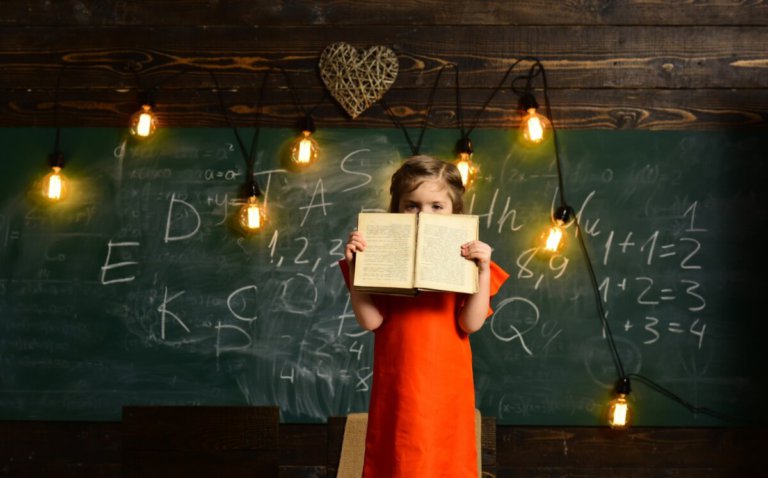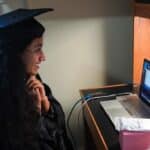
In many schools across the world’s developed countries, the education landscape today looks very different than a decade ago.
The incorporation of educational technology is one factor, as touchscreen smartboards have replaced blackboards and whiteboards, and students have more access to online learning tools.
Classroom design is looking increasingly different than what the older generation are used to – old-school layouts like the traditional rows of desks and chairs facing a teacher in front is going out of style.
As reported by The Sydney Morning Herald, schools in Australia and New Zealand are at the forefront of innovative school design.
More schools are changing their approach to designing the learning environment, such as Sydney’s Our Lady of the Assumption Catholic Primary School in North Strathfield, which won its category in the 2019 Learning Environments Australasia Awards for Excellence in Education Facility Design.
Our Lady of the Assumption Catholic Primary School is a new K-6 school for 420 students in North Strathfield. Read more about the project at #Archdaily: https://t.co/CsCJusnNlx
— BVN (@ArchitectureBVN) May 2, 2019
While people tend to think of Europe as leaders of innovative school design, architect Knut Menden, a a German national and leader of the project, said that Australia and New Zealand are actually way ahead.
“It’s quite interesting – we went all the way to Europe to look for school architecture, but the reality is that New Zealand and Australia are at the forefront of progressive school design.”
He said that back in Germany, the majority of schools in his homeland are actually still built with the traditional classroom model, and it’s mainly Nordic countries that are showing progressive ideas.
So what are Australian schools doing differently?
The main idea of the newer school designs is flexibility. Lisa Moloney, Principal of MLC School, said, “We’ve seen an evolution in that once upon a time, you worked in a box and there was no flexibility whatsoever. And then the pendulum swung in completely the other direction, but it was just as inflexible.
“What we’ve seen in recent years is a swing back a little bit, where it’s not just about having open spaces, but having flexible spaces.”
MLC School’s newly-opened Senior Centre spans four floors around a central atrium, and glass-walled classrooms provides easy access to the observation of teachers’ methods.
The need for flexibility also comes at a time when technology plays a big part in the classroom, so the focus doesn’t need to solely be on the teacher and blackboard at the front.
How flexible is your space? This video shows the power of nimble classrooms and discusses the philosophy behind agile spaces. https://t.co/9tnvx0R17c #learningspaces #design #iste19
— Bob Dillon (@drrobertdillon) June 17, 2019
According to Axcelerate, “Few classrooms are being designed to facilitate more flexible and minimalist spaces that encourage collaboration and creativity while embracing online learning technology.”
Building materials for schools – once typically concrete with carpeted flooring – are also changing.
The Our Lady of the Assumption school features cross-laminated timber, a relatively new
concept to the Australian construction industry.
Menden said, “It’s a very different type of space to traditional schools. We had a big focus on using timber and natural materials.”
Using timber for building material in schools is an eco-friendly solution, providing better ventilation so the school consumes less energy.
Check out our new multi storey relocatable buildings at #Northcote High School. They include materials made from recycled plastics and timber, and feature automated heating and lighting to save energy.💡 pic.twitter.com/o8I2O8x617
— Victorian School Building Authority (@VicSchoolBuild) May 15, 2018
David Wrench, Executive Director of Hivve, a Sydney-based company that creates sustainable classrooms and energy solutions for schools, recently completed a pilot trial in three classrooms in St Christopher’s Catholic Primary School in Holsworthy in Sydney and at Dapto High School in Dapto, NSW.
He did so “to measure the energy balance and how the indoor environment could be maintained at high quality levels for teaching and learning while using minimal energy,” according to EcoGeneration.
“Natural timber lining allows for a more welcoming, warmer feel than a typical sterile environment. The combination of design and materials has resulted in what Wrench describes as an ‘acoustically pleasant space.'”
Wrench said, “You also create a stable, comfortable, good-quality environment for the students and teachers to operate in. That’s really the fundamental driver.”
While there are plenty of other factors to student academic success and well-being, the learning environment plays an important role.
As principal Lisa Moloney said, “[Buildings] don’t make kids smarter. A great teacher is going to help students learn no matter what the space…similarly, it doesn’t matter what space you give a bad teacher, they will continue to teach poorly.
“It comes down to how the space is used to meet the needs of the child. If you’re talking about academic learning outcomes, it’s very difficult to link a number with a space. But if you have a more engaged and varied approach, and therefore greater student involvement, then the learning will come.”







